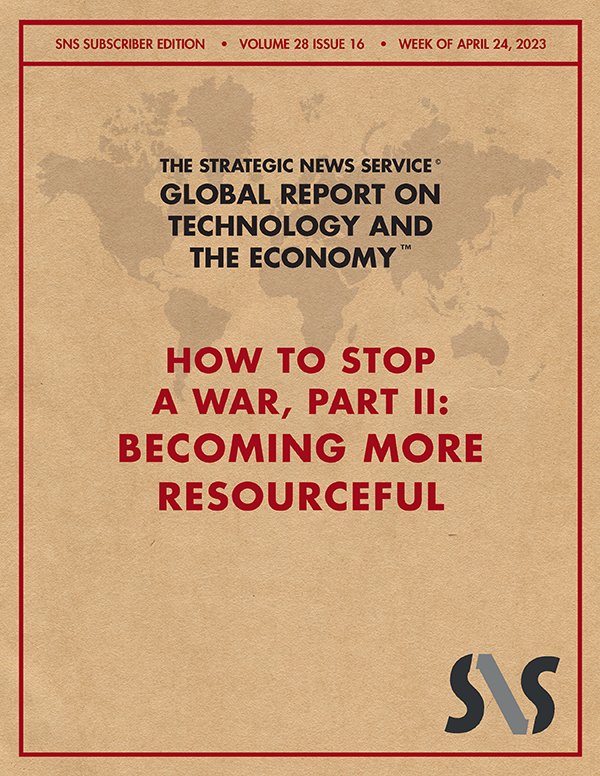
How to Stop a War, Part II: Becoming More Resourceful By Evan Anderson
FiRe is back! Future in Review returns, live, at the beautiful Terranea Resort in Palos Verdes, CA, November 6-9. Join old friends and new at this life-changing event. Register now to take advantage of our extended Earlybird discount for just $3900 - a savings of $2000. See more in "Upcoming Events." _____ Why Read: This week's issue is the second in a series covering the threat of aggression by the People's Republic of China in Asia, global economic consequences, and how to achieve credible deterrence. Author's Note: This series seeks to identify the case for action across the world for a greater demonstration of deterrence to the People's Republic of China (PRC). It is not intended to be a comprehensive assessment of the state of readiness of the armed forces of the countries discussed, for which there are far more qualified authors. Nor does it seek to "get ahead" of US or allied efforts here or intend to release confidential or classified information about these topics. The point, rather, is to outline ways in which greater deterrence can be both secured and highlighted to prevent the PRC from acting under the impression that a kinetic war in Asia is in its interest, with resulting disastrous consequences for the global population, economy, and human progress. [See "How to Stop a War, Part I: The Worth of Credible Deterrence."] _____ Part I of this series focused on the importance of credible deterrence through a demonstrated ability by the US and its allies to impose significant costs in the event of an invasion of Taiwan. As was noted there, that deterrence in the eyes of a Chinese Communist Party (CCP) hungry for reunification will strongly depend upon the ability of the US and its allies to maintain a continuous supply of critical resources. This applies to both the prerequisites and the finished goods that would make a conflict in Southeast Asia untenably destructive for the PRC. To get a sense of the combination of resources that would achieve this goal, we must first understand what a modern conflict in the region would look like. |

